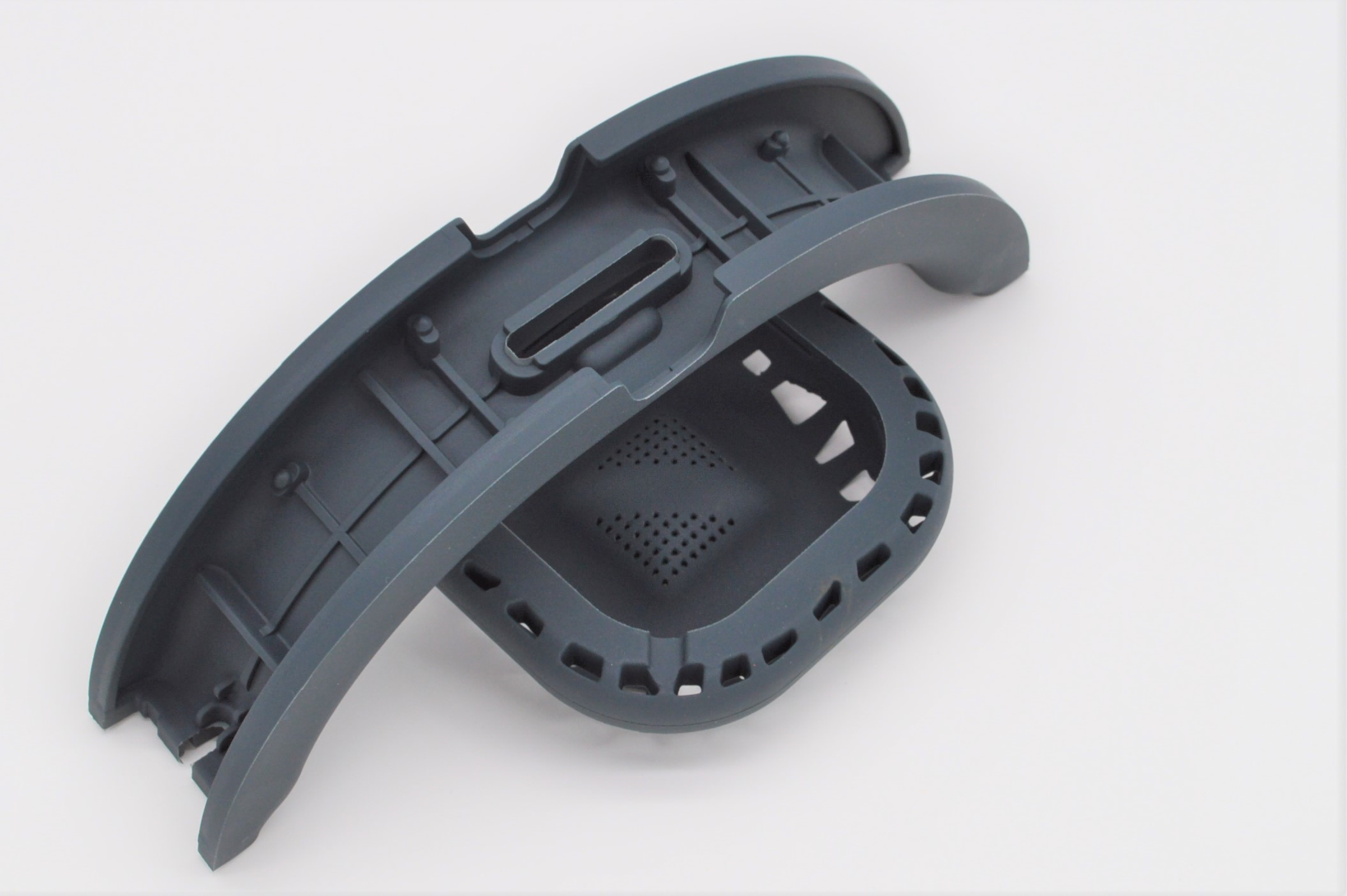Rubber Compression Molding

Rubber compression molding stands as a pivotal technique in the manufacturing industry for creating a wide array of rubber-based products. This method involves the use of heat and pressure to shape and form rubber materials into desired configurations. It is a versatile process that finds applications across various industries, ranging from automotive and aerospace to consumer goods and medical devices.
Process of Rubber Compression Molding
The process begins with carefully measured and prepared raw rubber materials. These materials, often in the form of rubber pellets or sheets, are placed into a pre-heated mold cavity. The mold is then closed, subjecting the rubber to high pressure and temperature, causing it to take the shape of the mold cavity. The application of pressure ensures that the rubber material uniformly fills the mold, resulting in the desired product shape.
Once the rubber is molded into the desired form, the mold is cooled, solidifying the material. After cooling, the molded product is removed from the mold, trimmed if necessary, and inspected for quality before being ready for use or further processing.
Common Materials Used in Rubber Compression Molding
1.Natural Rubber (NR): Derived from the latex of rubber trees, natural rubber exhibits high elasticity and resilience, making it suitable for various applications, from tires to industrial seals.
2.Synthetic Rubbers (SBR, NBR, EPDM): Synthetic rubbers like Styrene Butadiene Rubber (SBR), Nitrile Butadiene Rubber (NBR), and Ethylene Propylene Diene Monomer (EPDM) offer specific properties such as oil resistance, weather resistance, and durability, making them ideal for diverse industrial uses.
3.Silicone Rubber: Known for its excellent temperature resistance, flexibility, and biocompatibility, silicone rubber is commonly used in medical devices, cookware, and various industrial applications.
4.Fluoroelastomers (FKM/Viton): These elastomers possess exceptional resistance to high temperatures, chemicals, and oils, making them indispensable in demanding environments like aerospace, automotive, and chemical processing industries.
5.Butyl Rubber: Recognized for its impermeability to gases, butyl rubber is often used in applications requiring airtight seals, such as in tire inner tubes and pharmaceutical closures.
6.Chloroprene Rubber (Neoprene): Neoprene offers good resistance to oils, chemicals, and weathering, making it suitable for wetsuits, gaskets, and various industrial applications.
Conclusion
Rubber compression molding is a versatile manufacturing process used to create an extensive range of rubber-based products. The choice of rubber material depends on the specific properties required for the end product. We can produce high-quality rubber components catering to diverse industry needs. If you need rubber parts for any application, get in touch and we will provide you with a quotation.